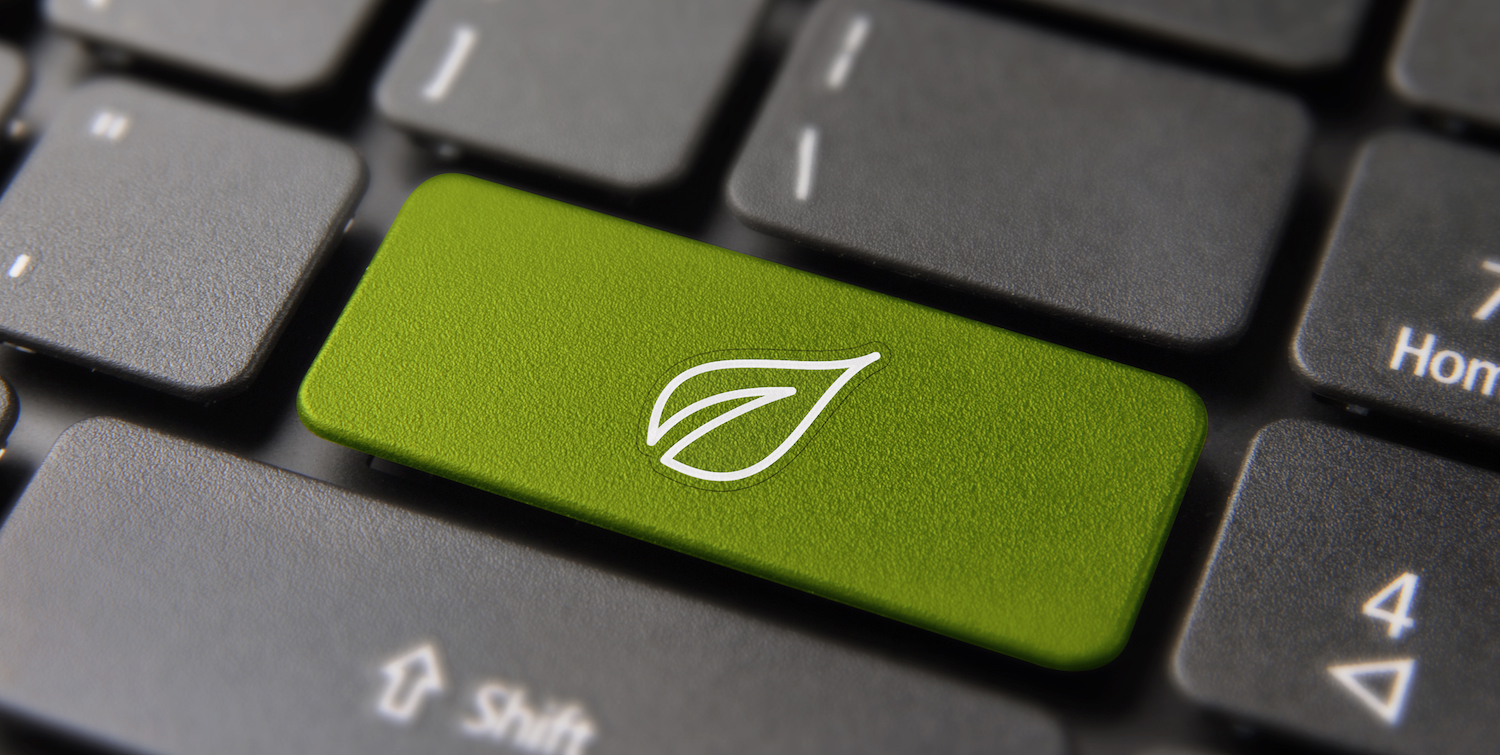More and more businesses are taking responsibility for the impact they have on the planet, and the office environment is a key place to start. Sustainable solutions are the responsibility of interior designers, employers and employees alike, and each can contribute in different ways to achieve positive results.
Make sustainability second nature
A good place to start is by incorporating sustainability practices into the way the office is planned and the facilities that are used.
Good examples include:
– Ensuring recycling bins are located throughout the office. It is worth considering if the office design layout can encourage positive behaviour. It’s estimated that for every tonne of paper recycled, about 17 trees and some 26,500 litres of water is saved, so simple steps really do matter.
– Office Design that incorporates as much natural light as possible, while also considering smart technology to control the environment. Did you know roughly 40% of the electricity used in a typical office building is used for artificial lighting. Many offices have switched to energy-saving light sources, but lights are often left burning around-the-clock. Using natural daylight as much as possible, and installing motion-activated light switches really does make that extra difference.
There are other benefits, adding natural light into a building was once considered a “soft” benefit for employees but it is now seen to dramatically improve the wellbeing of a building’s inhabitants. In schools, more robust natural light has shown to improve test scores and reduce absenteeism. We found a great report in The Guardian which talks about ‘daylighting’ as well as the many reasons why employees are demanding sustainable offices.
More than just a trend
Biophilic design is a popular trend and signals that a business is both environmentally aware and considerate of employee wellbeing. There is however a caveat when you consider the amount of water and heat needed to maintain some plants, an often primary feature of this design trend. Again designers, employees and employers can take steps to include these considerations when positioning any greenery. To be truly environmentally conscious, watering plants with collected rainwater and keeping plants and living walls near windows, where they can naturally access light and heat, all adds to the overall benefits associated with any such initiative.
Alternative energy sources
It’s now easier than ever to find alternative energy sources for businesses. From energy suppliers who only supply renewable energy to installing a solar power system for the office building, there are plenty of ways to reduce an office’s carbon footprint. With customers increasingly looking for companies who make responsible decisions, this can pay off in more ways than one.
At Paragon we installed a biomass boiler to help reduce our carbon footprint. In its first year it saved over 30 tonnes of waste from going to landfill sites. While such a step isn’t a likely step for many companies, there are many other ways company’s can reduce their carbon footprint and when designers, employers and employees all consider their bit, creating a sustainable office environment is a lot easier than you might think.
The Carbon Trust provide some very useful advice on the subject.
